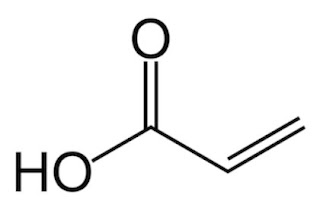KIT and the University of Hohenheim join forces to develop a small-scale biorefinery model for farms
Type of post: NEWS.
The Karlsruhe Institute of Technology (KIT) and the University of Hohenheim are setting up a small-scale biorefinery for farms. Their joint initiative is targeted at finding economic and sustainable technical solutions for the use of biogenic residues: small biorefineries, located on farms, supply materials and energy carriers, close cycles locally and contribute to the protection of nature and climate. Besides conventional agricultural products, the farm of the future will also produce basic chemicals from plant biomass.
Press release: “Biorefinery on the farm of the future”, 28/04/2021.
Figure 1. In the future, straw and other agricultural residues might be converted into materials and energy carriers directly on the farm (Photo: KIT)
At the “Unterer Lindenhof” experimental station of the University of Hohenheim, the partners are expanding an existing biorefinery plant, bringing together technological innovations. Basic chemicals serve as source material for plastics and fuels that will be produced elsewhere. Residues from those processes will in turn be utilized for generating energy in a biogas plant and end up back on the fields as fertilizer. This is the vision of a team of scientists led by Professor Andrea Kruse, conducting research on the conversion technologies for biobased resources at the University of Hohenheim, and Professor Nicolaus Dahmen from KIT’s Institute of Catalysis Research and Technology. Their common objective is to establish a farm-based biorefinery that uses plant residues and agricultural by-products for the production of a broad range of materials and energy carriers without competing with food production.
Wood, straw, and grasses contain lignocellulose as a structural substance. In the biorefinery, lignocellulose is broken down into its individual components (cellulose, hemicellulose and lignin), which are then used separately by coupling a lignin splitting process devised by KIT with a process from the University of Hohenheim for the utilization of lignocellulose. This produces, among other substances, furfural and phenols, which can be used, for example, to manufacture chipboard and plywood products.
Another example of the approach of converting biomass into intermediate products in a decentralized manner and then processing these products centrally is the bioliq® process designed by KIT: Synthetic fuels and basic chemical products are produced from dry biomass. The by-products are heat and electricity, which can be used to cover the energy requirements of the process. In order to avoid energy and cost-intensive transports, the bioliq® concept combines the decentralized production of biosyncrude, a high-energy intermediate product, with its central conversion to synthesis gas (syngas). Syngas is then refined to obtain the desired end product.
A farm-based biorefinery is not intended to combine all process steps in a single facility. The aim is to have facilities that are as small as possible, so that nutrients can be returned directly from the farm to the fields. To enable even small facilities to operate economically, further processing of the intermediate products will be done in larger factories. Thus, sustainability can be ensured at the regional level.





